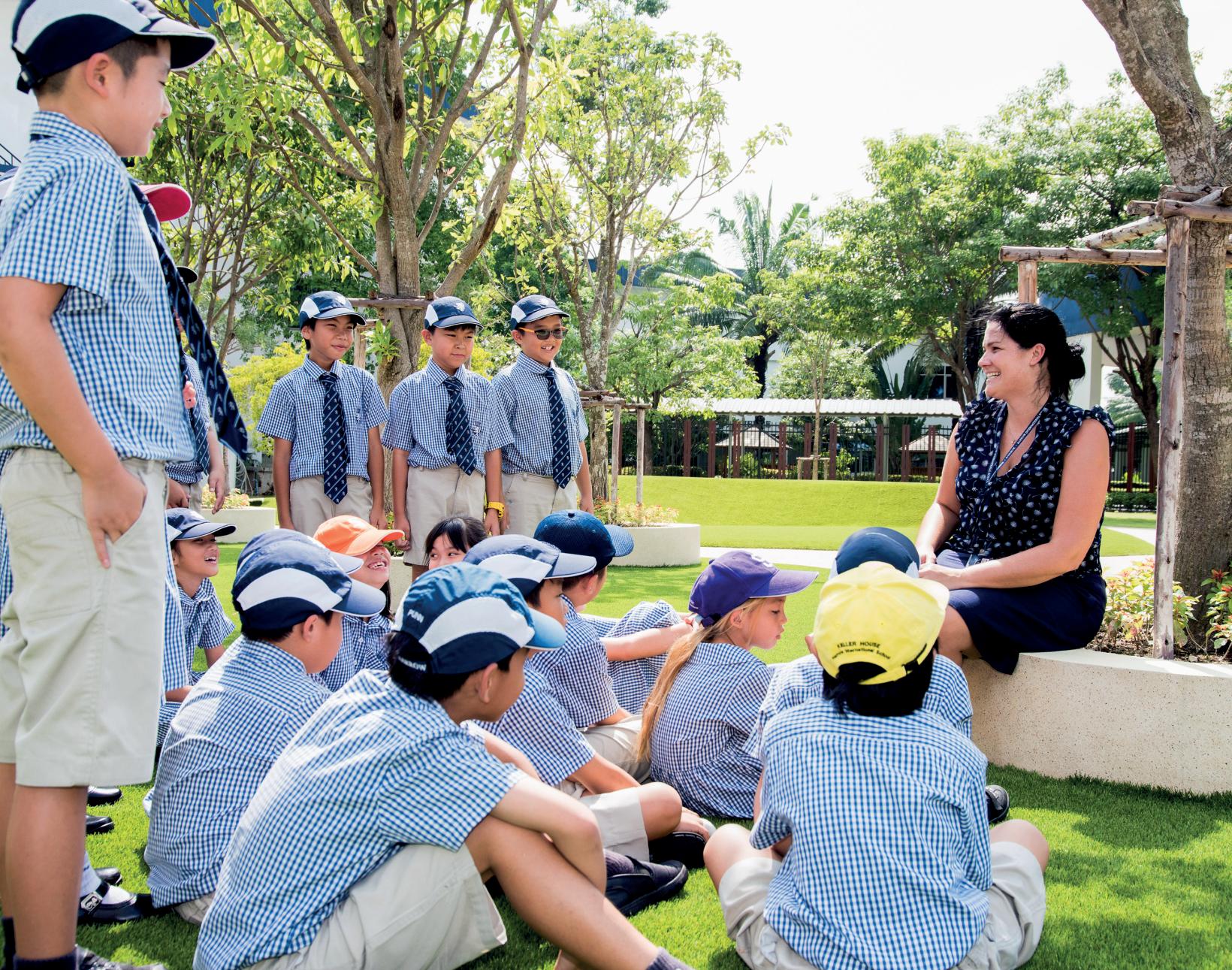









Visionaryleadersineducationplayapivotalroleindrivingmeaningfultransformation,shapingthefutureof
learning through innovation, inclusivity, and a strong commitment to empowering individuals. They question traditional approaches, anticipate emerging educational needs, and develop forward-looking strategiesthatequiplearnerstothriveinarapidlychangingworld.Guidedbyaclearsenseofpurposeandadeep belief in the transformative power of education, these leaders work to expand access, integrate technology, and cultivateenvironmentsthatnurturecreativity,criticalthinking,andcollaboration.Theirinfluencereachesfarbeyond theclassroom,impactingeducationpolicy,advancinginternationalinitiatives,andfosteringacultureofcontinuous progress.AmongsuchleadersisRichardLarson,whoseenduringcontributionsthroughmentorship,research,and leadershiphaveshapedgenerationsoflearnersandeducatorsalike.
InsightsSuccessinitsrecenteditiontitledTheMostChangingFaceofAmericanEducation,2025,honorsLarson for his outstanding contributions over more than five decades in applying science and mathematics to real-world challenges. Widely known as “Dr. Queue” for his pioneering work in queuing theory, Larson has consistently transformedcomplextheoreticalframeworksintopracticalsolutions,advancingoperationsresearchasadiscipline withprofoundsocietalrelevance.Hiscontributionsspanfromenhancingemergencyresponsesystemsthroughthe HypercubeQueuingModeltoco-foundingMITBLOSSOMS,aglobalinitiativeofferingfree,high-qualitySTEM education. His career stands as a testament to his enduring commitment to accessibility, innovation, and public service.
LarsonhasservedaspresidentofbothORSAandINFORMS,wherehechampionedinterdisciplinarycollaboration and promoted broader public engagement with analytics and operations research. In 2023, he authored Model Thinking for Everyday Life, a book aimed at equipping individuals with structured reasoning tools to enhance everyday decision-making. Although retired from full-time teaching, Dr Larson remains actively involved in research,advisoryroles,andphilanthropicinitiatives.Hemaintainsthatthefutureofoperationsresearchliesnotonly inaddressingcomplexglobalissuesbutalsoinempoweringindividualstomakemoreinformedpersonalchoices. Guidedbytheenduringquestion,“Whodoesthishelp?”,hiscareerreflectsadeepcommitmenttousingknowledge intheserviceofhumanity—alegacydefinedbypurpose-drivenintellectandmeaningfulimpact.
Haveagreatreadahead!
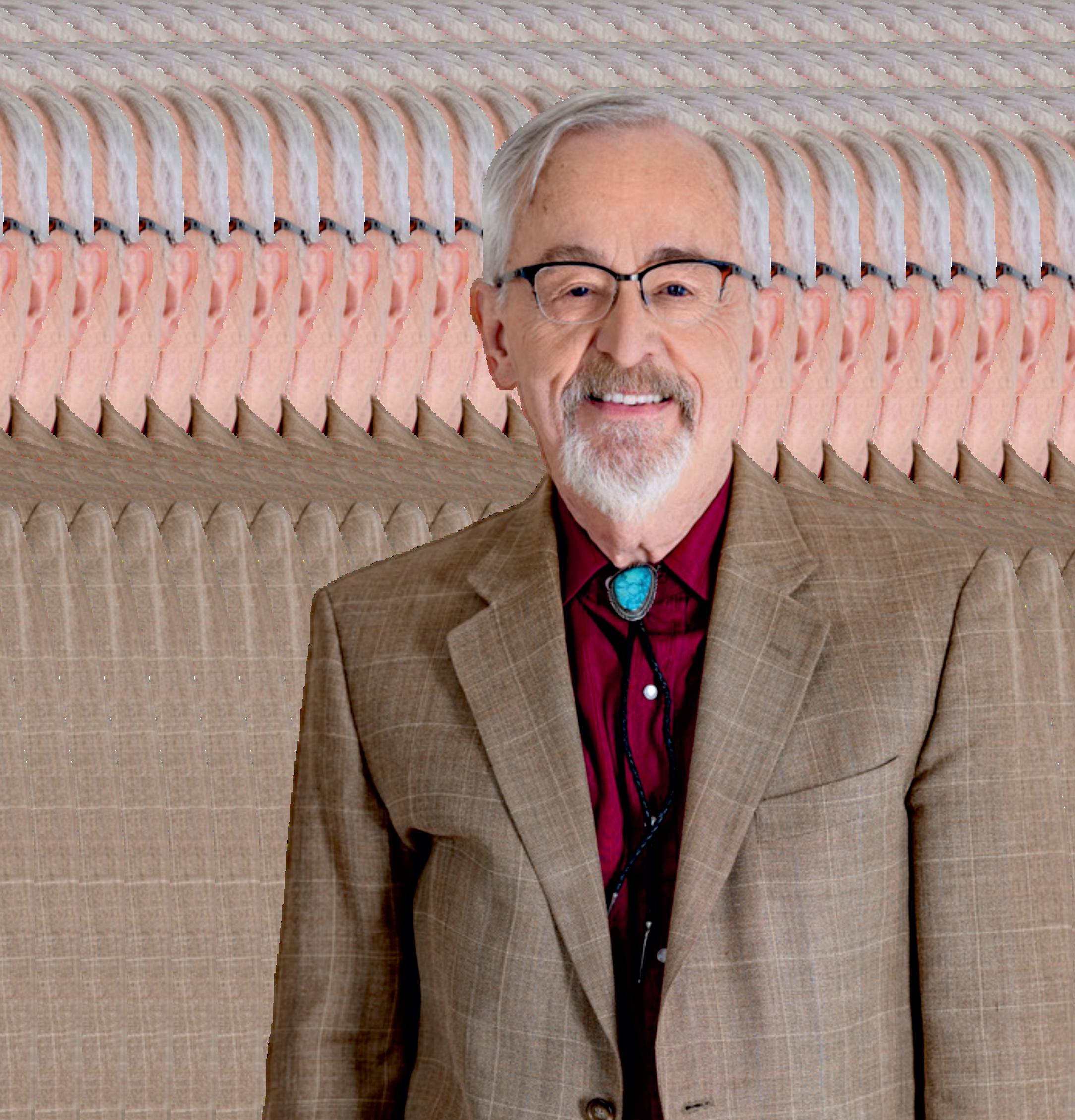




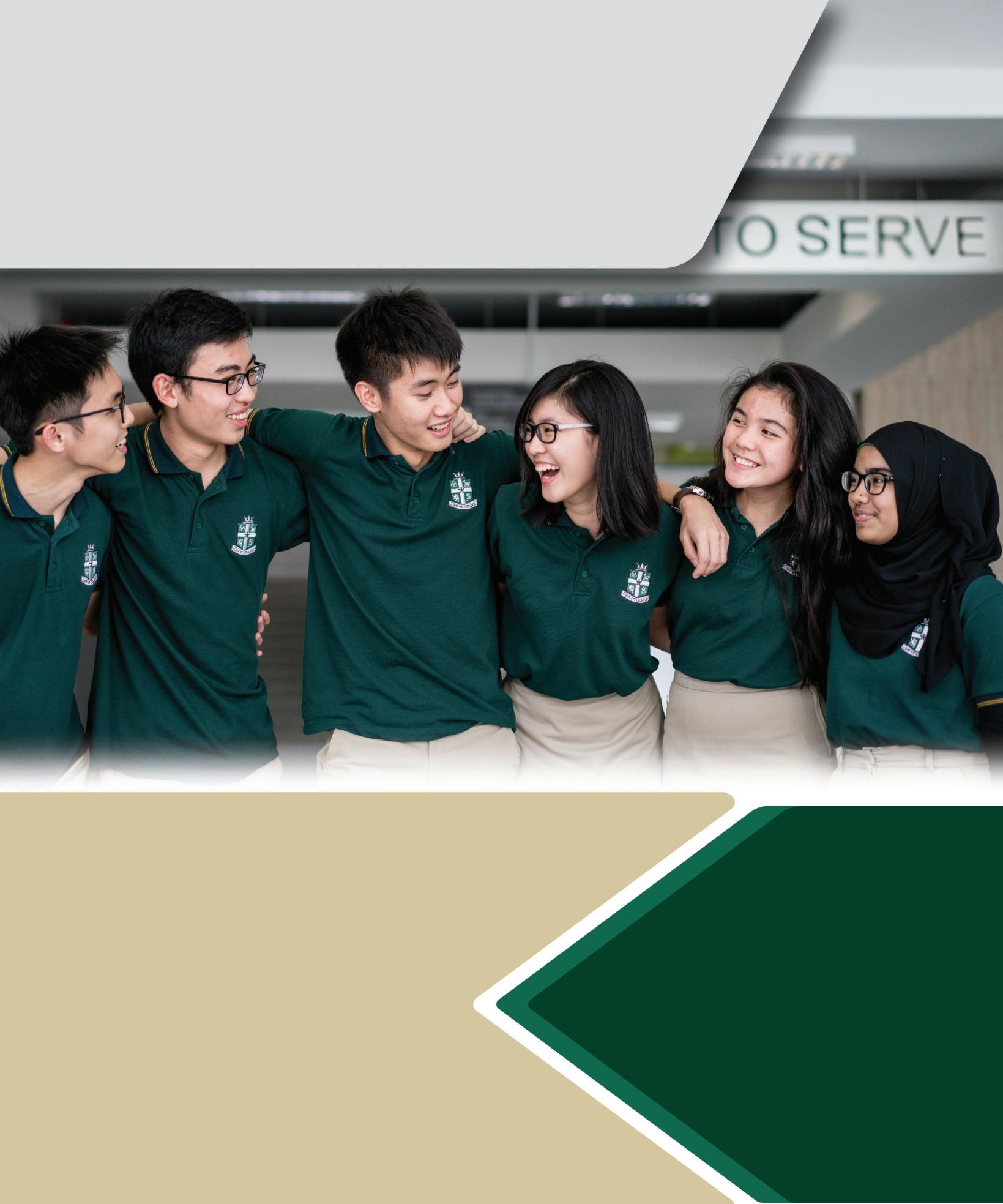



Whenwethinkoftheintersectionbetweenscience, mathematics, and real-life impact, Dr. Richard Larson’snamestandstall.Foroverfivedecades, hehasbeenmorethanjustamathematicianorprofessor—he has been a bridge-builder between complex theory and tangible social good Known as “Dr Queue” for his groundbreakingworkinqueuingtheory,hisjourneythrough thehallsofMITandintotheglobalworldofdecision-making isatestamenttohowintellect,whenpairedwithpurpose,can influence public policy, save lives, and democratize education.
At a time when the world seeks clarity amidst chaos, Dr Larson has provided a roadmap a logical, accessible approach to making sense of it all. Through model-based thinking, he has shown that mathematics isn’t reserved for ivory towers; it’s a tool for daily decision-making. Whether it's optimizing emergency response times or creating freely available science lessons for students across the globe, his work reflects a lifelong dedication to problem-solving at everylevel.

Dr.Larson’sstoryisn’tsimplythatofanacademiccareer;it’s the narrative of someone who never stopped asking the question:“Howcanthisbeusedtohelpsomeone?”Fromhis early inspiration under Professor Al Drake to his modern effortsinopen-accesslearningandpublicengagement,hehas committedhislifetoensuringthatknowledgenotonlyexists butisusedmeaningfully
Throughouthislong-standingcareer,Dr RichardLarsonhas consistently applied mathematical principles to real-world issues.As a professor at MITsince 1969, he became known for transforming operations research from a niche academic pursuitintoadisciplinewithimmensesocietalvalue.Rather than let his work remain confined within scholarly publications, he actively pursued applications that brought results where they mattered most—in urban infrastructure, education,andpublicservice.
He views operations research as a language of clarity Numbers, when modeled correctly, can reveal patterns in human behavior, inefficiencies in public systems, and solutions that elevate communities. His vision of mathematics is far from abstract—it’s deeply human. This mindset gave rise to some of the most influential projects in emergencyservicesplanning,notablythroughhisHypercube QueuingModel.
ButDr Larson’smostremarkablequalityliesinhisconstant desire to evolve and adapt. Even after reaching the peak of academic prestige, he continued to ask, "How can this help people now?" That unyielding curiosity and compassion set himapartnotjustasascholar,butasasocialinnovator.
The defining moment in Dr Larson’s academic life began withaninvitationfromProfessorAlDrake,whosawpromise intheyoungscholarandguidedhimtowardMIT.Thatsingle invitationtransformednotonlyDr.Larson’slifebutalsothe livesofcountlessothersinfluencedbyhisworkoverthenext fivedecades.
Thismentorshiprelationshipsparkedalastingvaluesystem: elevate others, stay grounded in purpose, and build institutionsthatempower.Hewentontomentorhundredsof studentshimself,passingonavisionofresearchgroundedin service.Manyofthesestudentshavesincebecomeleadersin academia, policy, and business multiplying his impact acrosssectorsandcontinents.



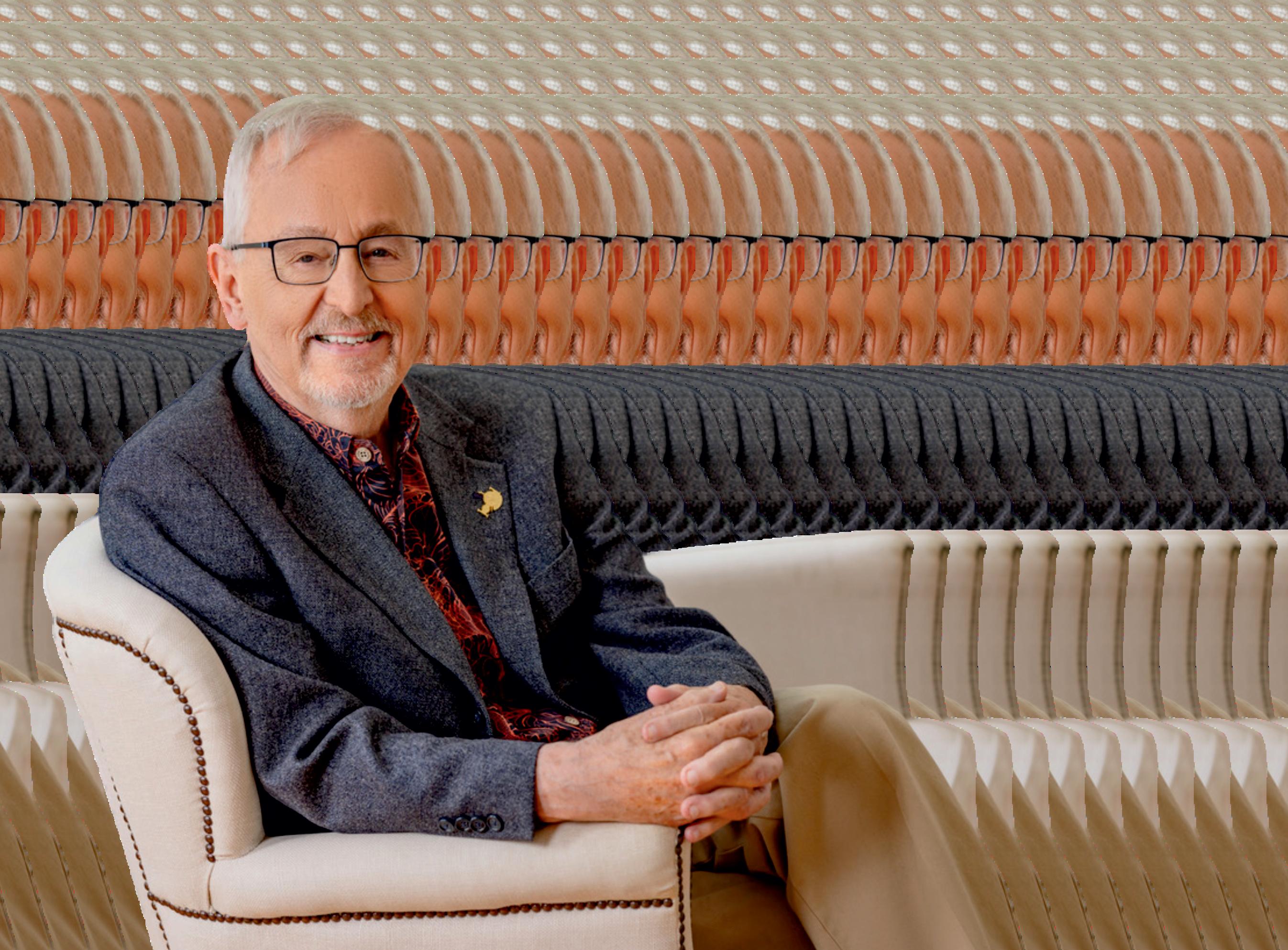


Dr. Larson’s appreciation for mentorship is mirrored in his ownleadershiproles.AsaformerpresidentoftheOperations ResearchSocietyofAmericaandINFORMS,hehasalways advocated for interdisciplinary collaboration and the continualevolutionofthefield.Hislegacyisasmuchabout thepeoplehehasempoweredasitisaboutthetheorieshehas created.
One of Dr Larson’s most impactful contributions came throughthedevelopmentoftheHypercubeQueuingModel, an advanced mathematical framework that significantly improved emergency response systems. In practical terms, this model helped cities allocate resources more efficiently across police, fire, and emergency medical services, drastically reducing response times in life-threatening situations.
This wasn't just a theoretical exercise His model was deployed in several U.S. cities, helping decision-makers pinpointwheretoplaceemergencyresponseunitsforoptimal performance. The effect? Quicker dispatch, faster arrivals, andultimately,livessaved.ItwasaprimeexampleofwhatDr. Larsoncalls"model-basedthinking"—anapproachthatuses structuredanalyticalframeworkstomakebetterdecisions.
Hisworkemphasizedthatwhenmathematicsisusedright,it doesn’t sit on a chalkboard it rides in ambulances, it answers 911 calls, and it saves children caught in fires. It’s that alignment of theorywithhumanitythattrulydefines hiscontributiontopublicservice.
Another shining chapter in Dr Larson’s career is his co-founding of MIT BLOSSOMS (Blended Learning Open Source Science or Math Studies), an educational initiative designed to make highquality science and math education accessible to studentsaroundtheworld.
Launched in collaboration with MIT Professor Dan Frey and his late wife, Mary Elizabeth

Murray, BLOSSOMS provides free, engaging, video-based lessons through platforms likeYouTube.These modules are designed to be taught in classrooms, with pauses for discussion and hands-on activities encouraging critical thinkingratherthanrotelearning.
For Dr Larson, this project isn’t just about education—it’s about empowerment. It allows a student in a rural village in India or a classroom in Ghana to access the same quality of teaching available at elite institutions. He believes that knowledge, especially scientific knowledge, should be a publicgood—free,fun,andwidelyavailable.
Inadditiontohisresearchandteaching,Dr Larsonhasheld severalprominentleadershiproles.HeservedasPresidentof both ORSA (Operations Research Society ofAmerica) and INFORMS (Institute for Operations Research and the Management Sciences), organizations that represent the highestechelonsofhisfield.
These roles weren’t symbolic—they reflected a deep-seated drive to improve and evolve the industry. Under his leadership, these institutions advocated for interdisciplinary research,diversityinSTEM,andbroaderpublicengagement withanalyticsandmodeling.
ForDr Larson,leadershipmeantresponsibility Heworkedto ensure that the field remained not only relevant but transformative. He continually emphasized the need for practical impact—encouraging researchers to look beyond publications and toward public policy, education, and innovation.
In 2023, Dr. Larson published "Model Thinking for Everyday Life," a book designed to bring analytical reasoningintothehomesandworkplacesofordinarypeople. ReleasedbyINFORMS,thisbookisanapproachableguideto using models not mathematical ones, but structured thinkingtools—toimproveeverydaydecision-making.
The core idea is simple yet powerful: everyone models something,whethertheyrealizeitornot.Frombudgetingfor groceries to planning a family vacation or deciding on a job offer, life is full of choices that benefit from structured thinking.
This book marks an important shift. While much of Dr Larson’searlierworkfocusedoninstitutionsandsystems,this projectisdeeplypersonal.It’sanattempttoequipindividuals withthetoolshe’susedthroughouthiscareer—toolsthathelp people make better choices, avoid cognitive traps, and think withclarity
Thoughofficiallyretiredfromfull-timeteaching,Dr.Larson remainsactiveinresearch,advisoryroles,andpublicservice. He continues to support the National Academy of Engineering and contributes to various philanthropic endeavors.




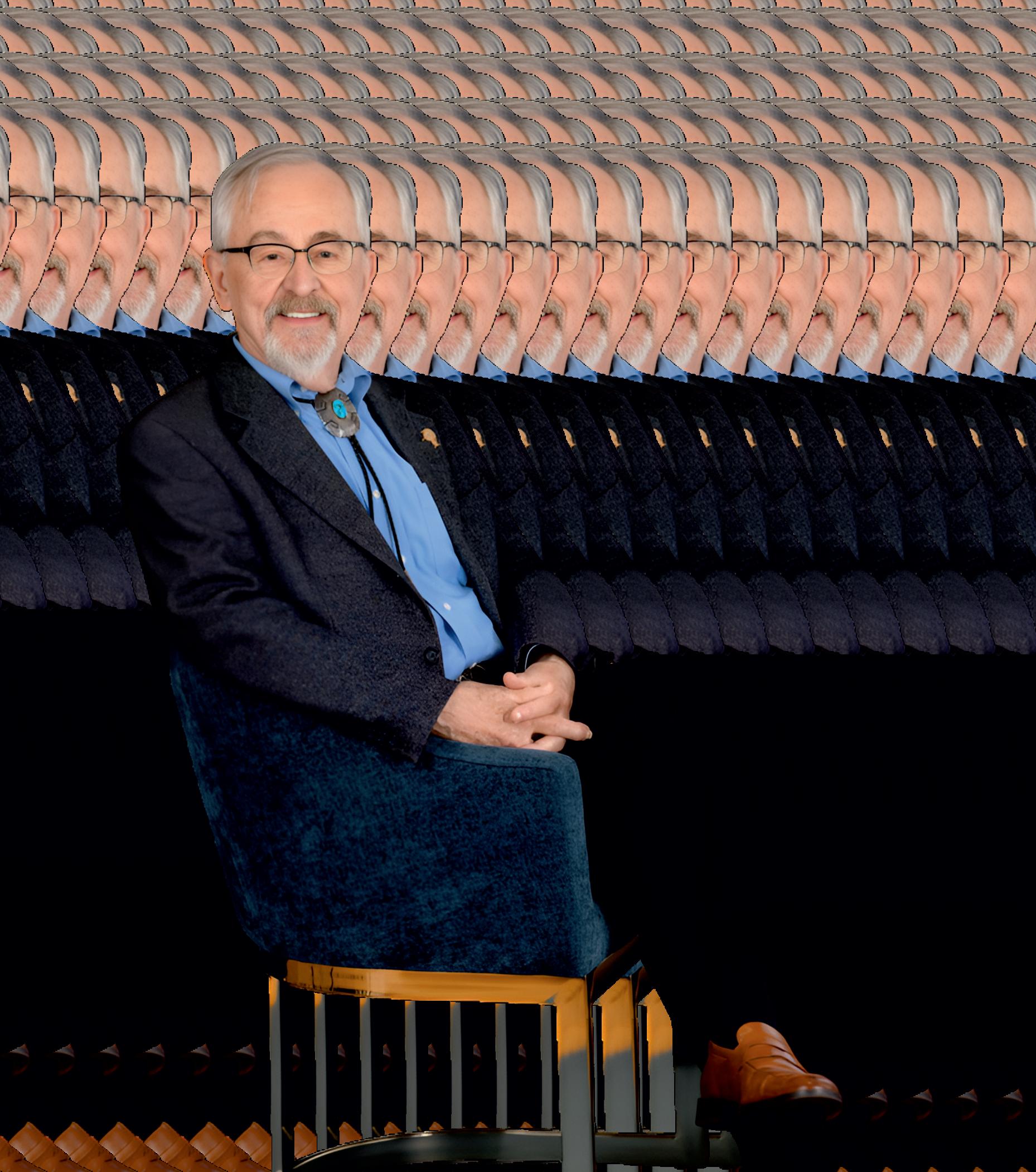


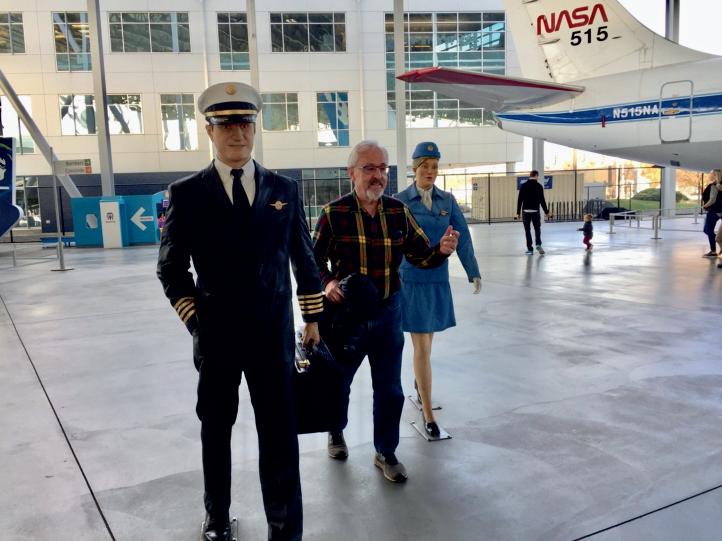


He is also exploring wider distribution of his book through majorretailerslikeBarnes&Noble,withthehopethatitcan reachaudiencesfarbeyondacademia.Hisgoalissimplebut ambitious:getmorepeopletoadoptmodel-basedthinkingin theirdailylives,notjustboardroomsorgovernmentoffices.
Dr Larson sees the future of operations research not just in solving grand challenges but also in helping people make smarterpersonalchoices.Tohim,that’swherethenextgreat impactlies.
Forstudentsandprofessionalsenteringthefieldofoperations researchoranalytics,Dr Larsonofferstimelessadvice:stay curious,stayhuman,andalwaysask,“Whodoesthishelp?” He encourages upcoming researchers to blend rigorous analysiswithempathy,toseetheirworknotjustasequations butassolutionstosomeone’sproblem.
He believes that real progress comes when we combine technical skills with lived experience. That’s how we build modelsthatwork—notjustinsimulations,butinthemessy, unpredictableworldwelivein.
ThisapproachhashelpedDr.Larsonredefinewhatitmeansto be a scientist. He doesn’t just write equations; he writes solutions. He doesn’t just lecture; he uplifts. He doesn’t just think;hethinkswithpurpose.
Dr. Richard Larson’s legacy is rich, not just in academic citations or accolades, but in lives touched and systems improved.Hiscommitmenttousingoperationsresearchasa tool for real-world change has made him a quiet revolutionary—one whose equations echo far beyond the classroom.
Whether optimizing emergency services, democratizing education, or guiding people to think better about their choices, his mission has remained constant: to apply knowledgewhereitmatters.Aswelooktoaworldfilledwith uncertainty, his model-based thinking offers a beacon of clarity
His life is proof that when thinking is paired with heart, it becomes more than intelligence—it becomes wisdom. And that wisdom continues to ripple outward, empowering the nextgenerationofproblemsolvers.
TheeducationallandscapeinAmericaisexperiencing
aprofoundtransformation.Thisshiftispropelledby rapidtechnologicaladvancements,changingsocietal needs, and evolving expectations for how students engage with learning Traditional teaching methods that once dominated classrooms are being replaced by innovative strategies designed to meet the demands of the twenty-first century To thrive in this new era, students, educators, and institutions must adapt by embracing technology, personalizing education, and fostering continuous skill development. Adapting successfully is not merely about keeping pace with change but about proactively shaping the futureofeducation.
In today’s educational settings, technology plays an indispensablerole.Itisnolongerconsideredanadd-onbuta foundational element that supports instruction and student engagement. The widespread availability of digital devices such as tablets, laptops, and smartphones has revolutionized how knowledge is accessed and shared. Online platforms, interactive educational software, and virtual classrooms provide students with unprecedented opportunities for selfdirected and flexible learning. Students can now explore subjectsattheirownpaceandaccessavarietyofmultimedia resources that enhance understanding beyond traditional textbooks For educators, adapting to this technological evolutionmeansmorethansimplyusingdigitaltools.
Teachers must develop the skills necessary to integrate technology effectively into their teaching practices to create dynamic, interactive, and inclusive learning environments. Schools and universities are tasked with investing in the
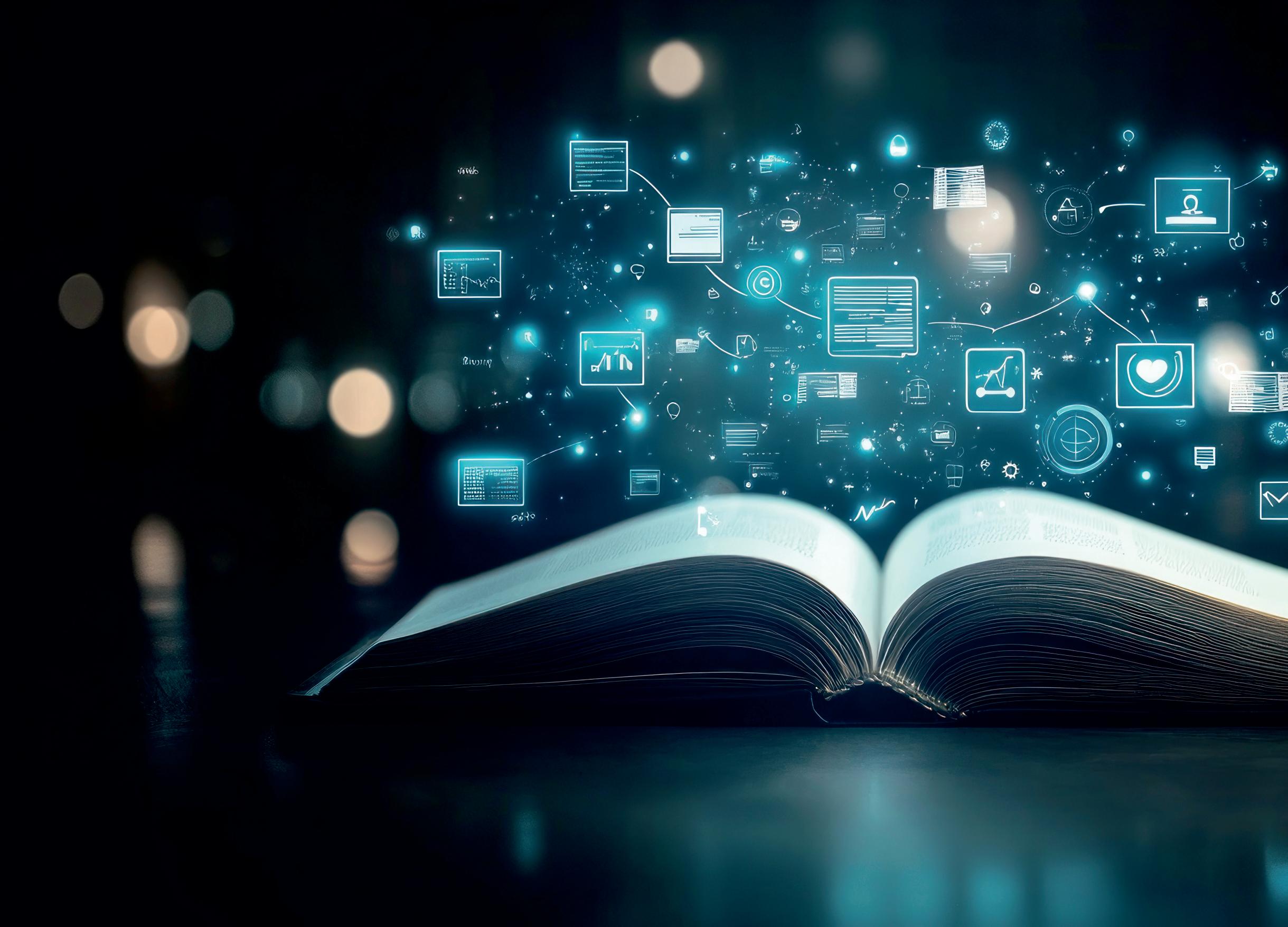



necessaryinfrastructuretosupportthesetoolsandproviding ongoing professional development to ensure educators remain current with emerging technologies. Furthermore, digital literacy must be prioritized as a fundamental skill within the curriculum. Students need to be able to critically evaluate the vast amounts of information they encounter online,distinguishingcrediblesourcesfrommisinformation. Leveraging data analytics also offers a powerful means to personalizeeducation.
Personalization is one of the defining characteristics of modern education. Unlike the traditional one-size-fits-all approach, personalized learning recognizes that students comefromdiversebackgrounds,havedifferentinterests,and learninuniqueways.Thismethodallowsforthecreationof individualized learning plans tailored to the strengths and challengesofeachstudent.Italsoempowerslearnerstotake greater ownership of their education, which often leads to increasedmotivationandbetteroutcomes.
Shifting towards personalized learning requires a fundamental change in teaching philosophy and practice. Educators must be equipped with the skills and tools to continuously assess student progress and adapt their instructional strategies accordingly. Technology plays a criticalroleinenablingthisflexibility Digitalplatformscan providecustomizedcontent,offerinstantfeedback,andadjust the difficulty level of tasks based on student performance. Moreover, fostering a growth mindset within students is essential This mindset encourages learners to view challenges as opportunities to develop and mistakes as valuablelearningexperiences.Suchanattitudehelpsstudents build resilience and perseverance. By emphasizing personalization, the American education system can better prepare students for success in a world that demands adaptability, creativity, and problem-solving skills This approach not only benefits individual learners but also contributestogreaterequitybyaddressingthespecificneeds ofunderrepresentedanddisadvantagedpopulations.
Intoday’sfast-changingglobaleconomy,knowledgealoneis insufficient. Students must also develop critical skills that allow them to think deeply, solve complex problems, collaborate effectively, and adapt to new circumstances. These competencies are essential for success both in the
workforce and in life. Education systems must evolve to prioritizethecultivationoftheseskillsalongsidethemastery ofacademiccontent.Promotinglifelonglearningiscrucialso individualsremainagileandcontinuetogrowprofessionally and personally throughout their lives To nurture these abilities, educators and institutions should design curricula thatemphasizeexperientialandproject-basedlearning.
Hands-on, real-world projects provide students with opportunities to apply their knowledge in meaningful contexts,fosteringdeeperunderstandingandpracticalskills. Additionally, partnerships between educational institutions and industry leaders can help align learning outcomes with workforce demands. These collaborations allow schools to stayinformedaboutemergingtrendsandskillrequirements, ensuring students are better prepared for future careers. Encouraging habits of self-directed learning and fostering resilience will equip learners to face uncertainty and continuous change confidently. When education instills a passion for learning and adaptability, students become lifelonglearnerscapableofnavigatingdiversechallengesand seizingnewopportunitiesthroughouttheirlives.
Adapting to the new era of learning in America requires a comprehensiveandforward-thinkingapproachthatembraces technology, prioritizes personalized education, and fosters essential lifelong skills As the educational landscape continuestoevolve,students,educators,andinstitutionsmust remainflexibleandopentoinnovationtoensuremeaningful andeffectivelearningexperiences.Thoughtfulintegrationof digitaltools,recognitionofeachlearner’suniqueneeds,and cultivation of critical competencies will empower the American education system to prepare individuals for the challenges and opportunities of the future Ultimately, embracing these changes will not only enhance academic achievement but also enable learners to thrive in a rapidly changing world, contributing to a stronger and more adaptablesociety
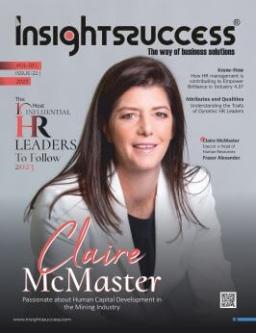



www.insightssuccessmagazine com
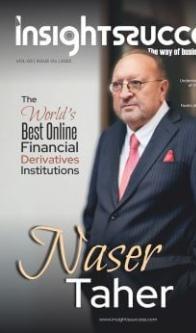


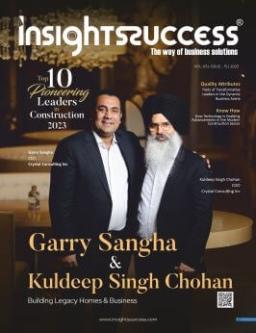





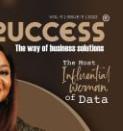





Education in the United States is undergoing
significanttransformationasevolvingmodelsseekto address the dynamic needs of students, educators, and society at large Traditional approaches that once dominated the educational landscape are now being supplemented or replaced by innovative frameworks that emphasize flexibility, technology integration, and personalized learning. These shifts are driven by numerous factors including advances in digital technology, changing workforcedemands,andagrowingrecognitionofthediverse learning styles among students As the educational environment continues to evolve, stakeholders increasingly recognizetheneedformodelsthatnotonlydelivercontentbut alsopreparelearnerstoadaptandthriveinarapidlychanging world. Understanding how these new models function and their implications for education helps policymakers, educators, and families navigate the changing terrain. By examiningcompetency-basedlearning,blendedlearning,and project-based learning, we can better understand how these frameworks contribute to improved student engagement, achievement, and readiness for the challenges of the 21st century.
Competency-based learning represents a significant departure from traditional time-bound educational models. Instead of advancing through curriculum based on a fixed schedule or grade levels, students move forward only once they have demonstrated mastery of specific skills or knowledge.Thisapproachshiftsthefocusfromseattimeand standardized pacing to personalized learning trajectories. It enables learners to spend additional time on difficult topics while progressing quickly through areas they understand
well.Thisflexiblepacinghelpsaccommodatethewiderange oflearningspeedsandstylesseeninclassroomstoday.
Oneoftheprimarybenefitsofcompetency-basededucationis itspotentialtopromotedeeperunderstandingandretentionof material. Students are not pushed forward simply to meet arbitrary timelines, but rather gain the opportunity to truly grasp concepts before advancing. Furthermore, this model aligns well with workforce needs by ensuring that students acquire concrete, applicable skills before moving on. Many schools and districts across the country have begun implementing competency-based frameworks, often supportedbydigitalplatformsthattrackstudentprogressand provide real-time feedback These tools help educators identifylearninggapsearlyandtailorinstructionaccordingly, leadingtomoremeaningfuloutcomesforstudents.
Blended learning combines face-to-face instruction with online educational content, creating a hybrid model that leveragesthestrengthsofbothmethods.Thisapproachallows students greater control over when, where, and how they learn, fostering increased engagement and autonomy The integration of technology offers diverse instructional resourcesandinteractivecontent,whichcancatertodifferent learning preferences and help keep students motivated. For teachers, blended learning provides access to data analytics and various digital tools that facilitate personalized support andinformedinstructionaldecisions.
Therapidadoptionofblendedlearningacceleratedduringthe COVID-19 pandemic, when remote instruction became a necessityratherthananoption.Schoolswereforcedtoadapt quickly, utilizing online platforms to continue educating students despite physical closures Since then, many educational institutions have refined and expanded their blended learning strategies to enhance accessibility and accommodate varied student needs By thoughtfully balancing digital resources with direct teacher interaction, blended learning models aim to create more inclusive and effective educational environments. This hybrid approach supportsasmoothertransitionbetweenin-personandremote learning, ensuring continuity and adaptability in diverse circumstances.
Project-basedlearning(PBL)encouragesstudentstoexplore real-worldproblemsandchallengesthroughextendedinquiry
andhands-onactivities.Thislearner-centeredapproachshifts thetraditionalmodelofeducationfrompassiveabsorptionof information to active problem-solving and application. Students work collaboratively to investigate complex questions and produce tangible outcomes such as presentations, reports, or prototypes. Through this process, they develop critical thinking, creativity, and teamwork skills—competenciesincreasinglyrecognizedasessentialin bothhighereducationandthemodernworkforce.
Research indicates that project-based learning improves studentmotivationanddeepensunderstandingbyconnecting academiccontenttoauthenticexperiences.Whenstudentssee therelevanceoftheirlearninginreal-worldcontexts,theyare more likely to engage meaningfully and retain information. Schools implementing PBL often report heightened student enthusiasm, improved collaboration skills, and stronger development of 21st-century competencies such as communication,leadership,andproblem-solving.
The landscape of education in the United States is rapidly evolving through the adoption of innovative models that prioritize mastery, flexibility, and real-world application. Competency-based learning challenges the traditional constraintsoftimebyfocusingonmasteryandpersonalized pacing. Blended learning harnesses technology to enrich instruction and provide greater accessibility, while projectbased learning cultivates critical thinking and collaboration through authentic, hands-on projects Together, these educational models represent a shift toward a more personalized, effective, and relevant education system prepared to meet the demands of the future. As schools, educators, and policymakers continue to explore and refine these approaches, the potential to transform educational outcomes and better prepare students for lifelong success growssignificantly However,itremainscriticaltomaintaina commitment to equity and access, ensuring that all learners benefit from these innovations regardless of socioeconomic backgroundorgeographiclocation.
